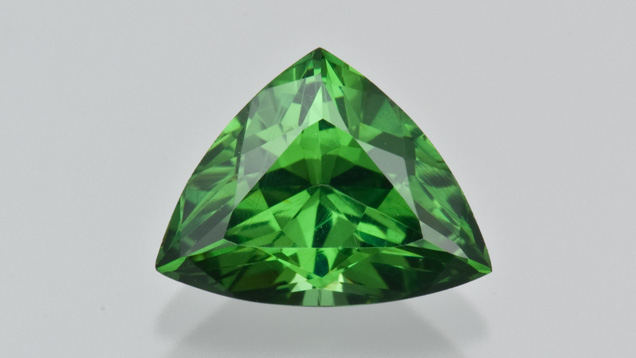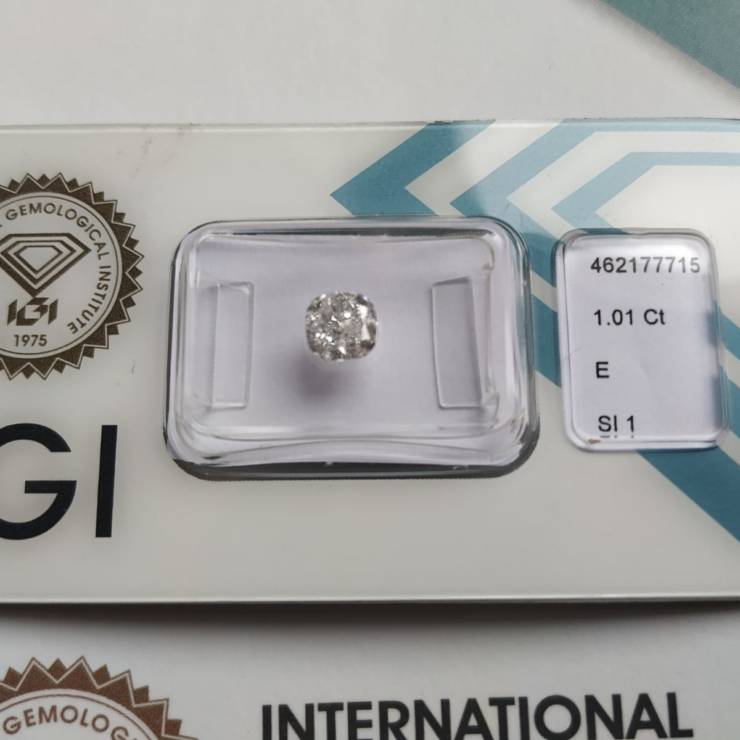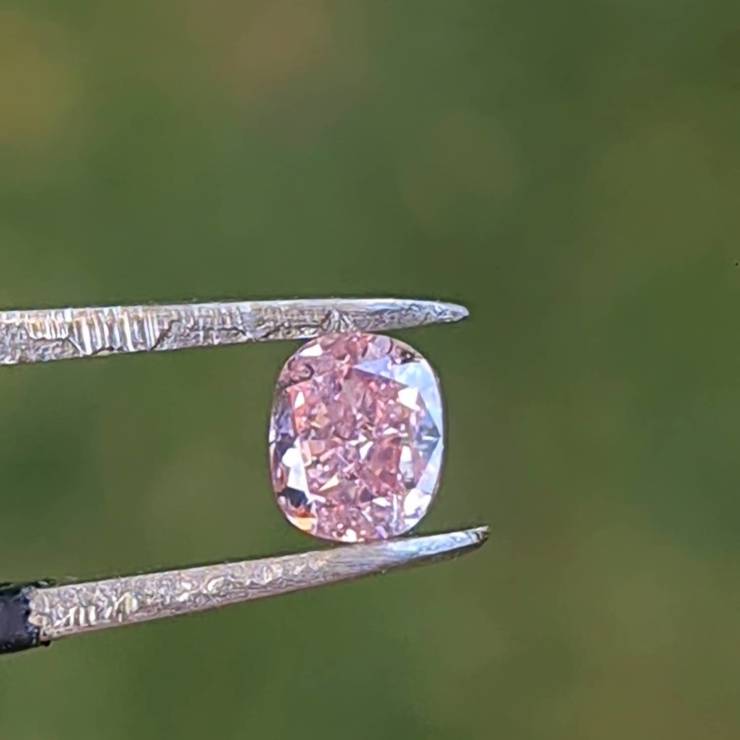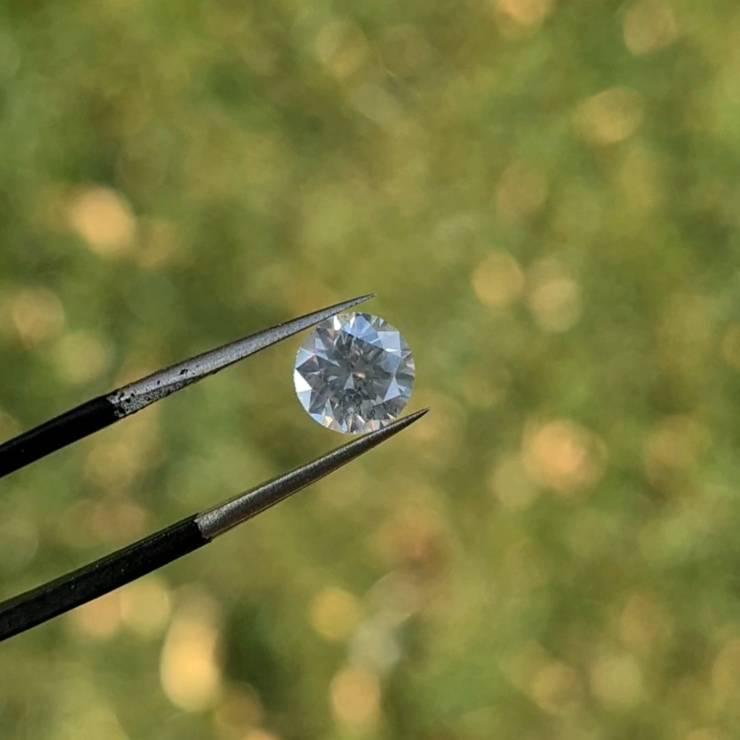Zircon
Zircon is a colored gemstone with a high refraction and fire, which is unfairly confused with cubic zirconias.
Zirconium belongs to the silicates. It has been known since ancient times and its name comes from the Arabic word zargun, derived from the Persian zargun – gold and gun-farba. The color is brown, red-brown, yellow-brown, it is also green or clear. The luster is diamond. It occurs in migmatites, pegmatites, metamorphic rocks and passes into alluvium. Zirconium crystals are most often columnar.
It is a weathering mineral. Zircon resembles diamond most in its play of colors and brightness, thanks to its high refractive index and color dispersion. Gravel has been extracted from Sri Lanka for at least 2,000 years, and has been used as a gem in Greece and Italy since at least the 6th century. Crystals weighing 2 kg were found in Australia and up to 4 kg in Russia.
Zircon is mined worldwide in Cambodia, India (Travancore), Thailand (Mongka), Vietnam, Sri Lanka, Australia, Brazil (Cerro de Caldos), France, Madagascar, Mozambique, Tanzania, Russia (Miass in the Urals).
In Slovakia, it is more of a mineralogical significance, when the crystals reach a size of up to 1 mm (Little Carpathians, Považský Inovec, Low Tatras, Slovak Ore Mountains)
Colorless zircon is well known for its luster and flashes of multicolored light called fire. These two properties of zircon are close enough to the properties of a diamond to represent the age-old confusion between these two gems.
Zircon occurs in a variety of colors. Its wide and varied palette of yellow, green, red, red-brown and blue shades makes it popular among collectors as well as informed consumers.
Zirconium crystals grow in many different types of rocks and have a variety of optical and physical properties.
Some zircons – usually green – have much lower values of these properties than others. The researchers found that the crystal structures of these gems were almost completely broken by radioactive elements – often present in zircon as impurities – that damaged the crystal structure of the gems over a long geological time.
Some gemologists classify zircons into three types – high, medium and low. The classification of zircon depends on its properties, which are directly related to the amount of radiation damage to its crystal structure.
High or normal zircons have full crystal structures with little or no damage from radioactive elements. As a result, they have normal physical and optical properties associated with the mineral.
In the middle or middle zircons, the radioactive elements have caused some structural damage. They have physical and optical properties that are between high and low type.
Extensive damage to the crystal structure by radioactive elements results in a low zircon content with much lower optical and physical properties. In extreme cases, they are practically amorphous, which means that they do not have an ordered crystal structure.
Virtually all zircons used in jewelry are of a high type. Interestingly, the radiation-induced decay of the crystal structure can be slightly reversed by heating the zirconium to high temperatures. High temperature heat treatment repairs the damaged crystal structure of the stone.




